When you see a spider, your first reaction is to run and get away from it. But you may not be aware that many of these spiders had predecessors that were around millions of years ago. The behavior may have evolved a little through the years but most of the idiosyncrasies that make them unique are still evident in the spiders of today.
Scientists have been able to take fossils and reconstruct these creatures to see exactly what prehistoric spiders looked like. These prehistoric spiders can be great help to find information concerning the time and place they lived in.
Prehistoric Spiders
Nephila Jurassica
This spider has been recognized as the largest of the prehistoric spiders that have been found to date. It is from the Jurassic age which occurred more than 165 million years ago. The preserved remains were discovered under the ash which came from a volcano. The Nephila spiders that are around today are known as golden orb weavers. The male spiders are much smaller than the female spiders but they still manage to catch everything from small insects to little birds and even bats in their spider webs. The spiders have a body size of around 2.5cm with a leg span of 8.3cm. They are currently found in China in Mongolia and the Daohugou Beds which are rich in fossils and historical finds.
Cryptomartus Hindi
With the use of today’s technology, scientists at the Imperial College of London recreated what two spiders that were around 300 million years ago would look like today. The Cryptomartus hindi is one of those creatures that is actually related to some of the spiders that are around today. With a CT scan the scientists were able to capture 3,000 x-rays of each of the fossils. With software that was specially designed for this type of image recreation, the x-rays were used to create 3D models. Long before even the dinosaurs roamed the earth, these spiders were known to have their origins in the first of the tropical rainforests. The Cryptomartus hindis had four pairs of legs with two of them angled in front of their body so that they could get a good grip on their prey and crush it to death. They are the predecessors of the crab spiders that enact the same kind of behavior today.
Eophrynus Prestvicii
This spider was also reconstructed by scientists to get a complete picture of this prehistoric spider. First of all, it is a trigonotarbid arachnid and was discovered in the British Middle Coal Measures of the UK. Scientists were able to take a fossil that had an imprint of the spider and reconstruct it into a 3D figure so they were able to see how they looked when they were prevalent. They were able to determine that the spider had a fang facing backwards and spikes on its back which made it less appetizing to the amphibians that would have seen them as food. The Eophrynus presstivicci also had very long legs which helped it to get a good head start on chasing and catching its prey.
Tasmanian Cave Spider
Among other prehistoric spiders, this large spider can weave a web up to a metre across or even larger. The male Tasmanian Cave Spiders are smaller than the females and have longer legs with a leg span that can reach 180 mm. Located only in Tasmania, it can be found in areas that have caves and underground drainage. You can also find them underneath bridges, around hollow logs, and anywhere there are cool, dark sheltered areas. The Tasmanian Cave Spider hangs from their legs from their webs as they wait for the insects they will soon catch as prey. Their favorites include beetles, millipedes, flies, and cave crickets. This species plays a major role in the ecological system in the caves of Tasmania. Its nearest relatives are species that are common in South America.
Image source: Bookend Trust/Joe Shemesh
Geratonephila Burmanica
The fossil that contained the body of a male Geratonephila Burmanica was an important discovery in many ways. Besides giving scientists a better image of what these prehistoric spiders looked like, they confirmed the belief that spiders could have any kind of social interchange with other spiders. The behavior of most spiders is a solitary existence and they are cannibalistic in that the males will go after some of their own as prey. Scientists have been able to study a spider web to see how these spiders would go after their prey. The oldest spider web that was discovered in a fossil was about 130 million years old. There was a tree resin that actually formed amber and preserved everything it flew over including insects, spiders, and small plants.
Megarachne
While the Megarachne servinei was originally deemed a spider it was later classified as a eurypterid or sea scorpion. This group is related to spiders and includes scorpions and horseshoe crabs. The Megarachne servinei has been deemed the largest spider that ever existed. The leg span of this species is about 50 centimeters or 20 inches long. The name Megarachne actually comes from the Greek words meaning “giant spider.” It wasn’t until as recently as 2005 that British arachnologist and paleontologists reexamined the Megarachne servineii and decided that it really wasn’t a spider at all. There was some doubt already based on inconsistencies in the reconstruction of the fossils used for research. After examining them again, they found conclusive evidence that the Megarachne was not a spider at all.

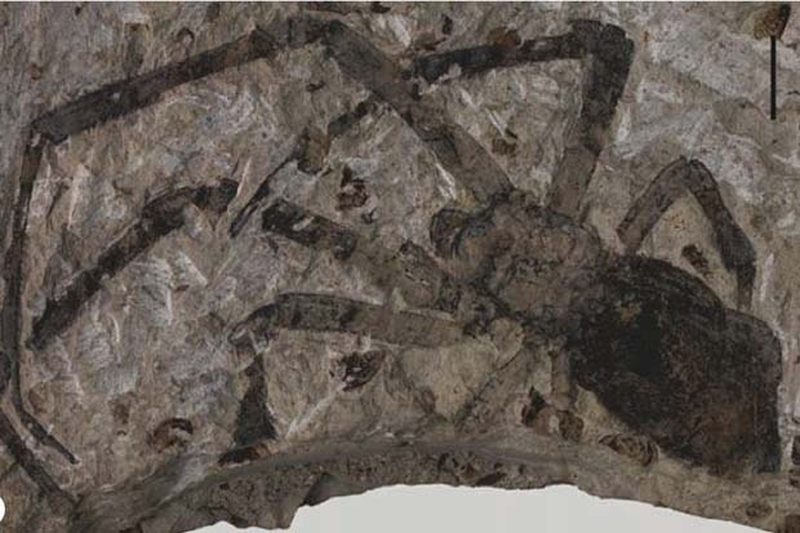
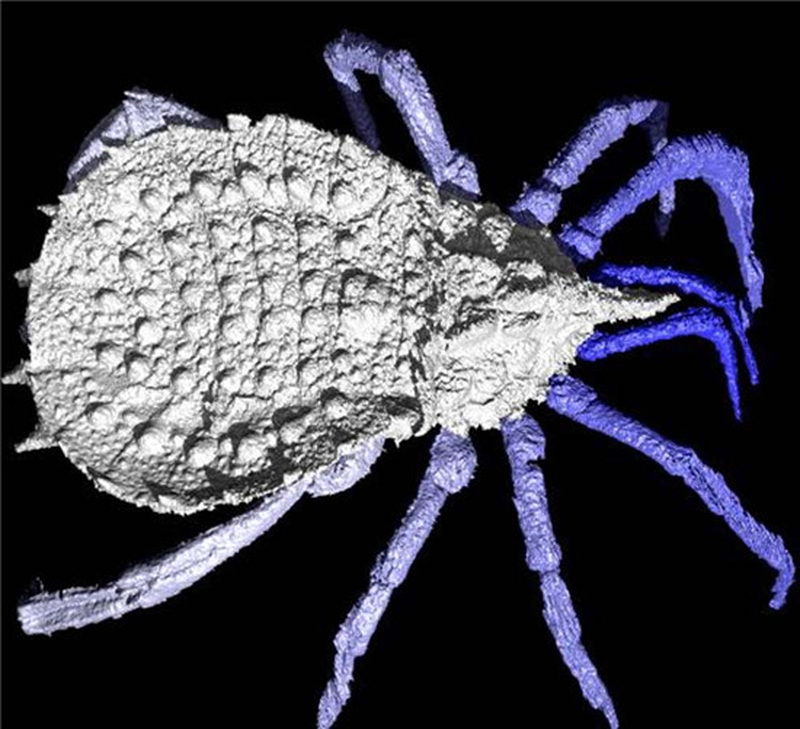

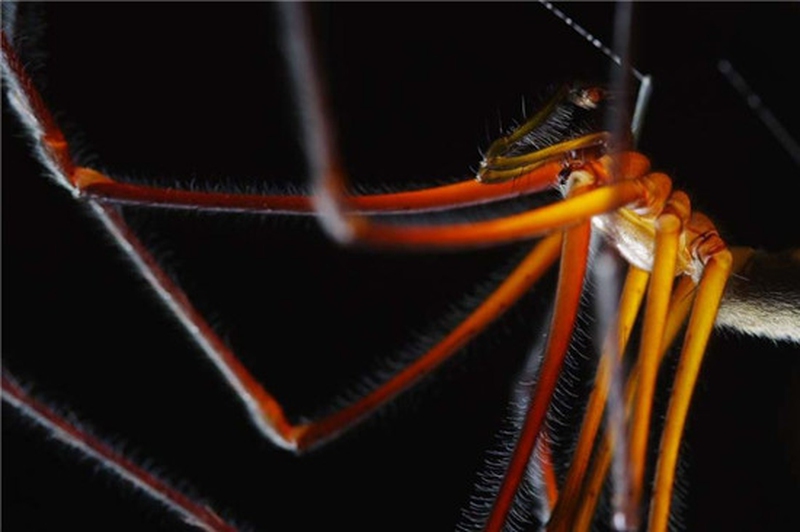
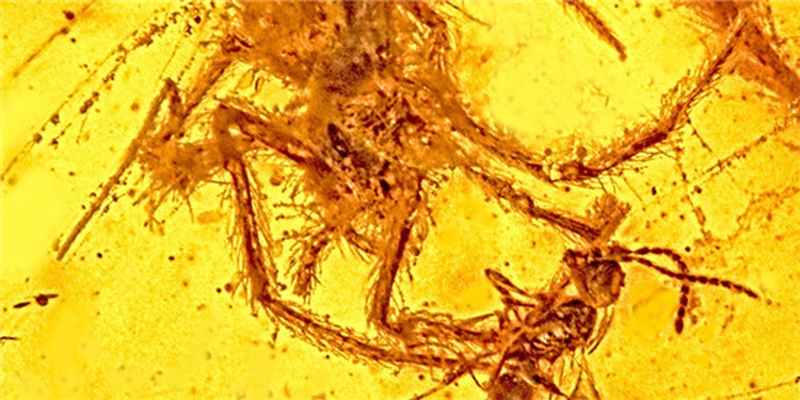
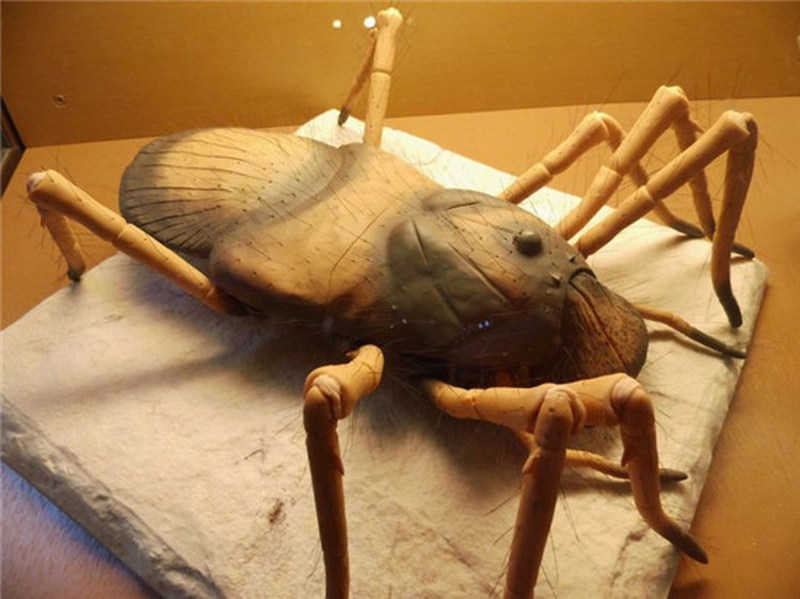
View All Comments /Add Comment